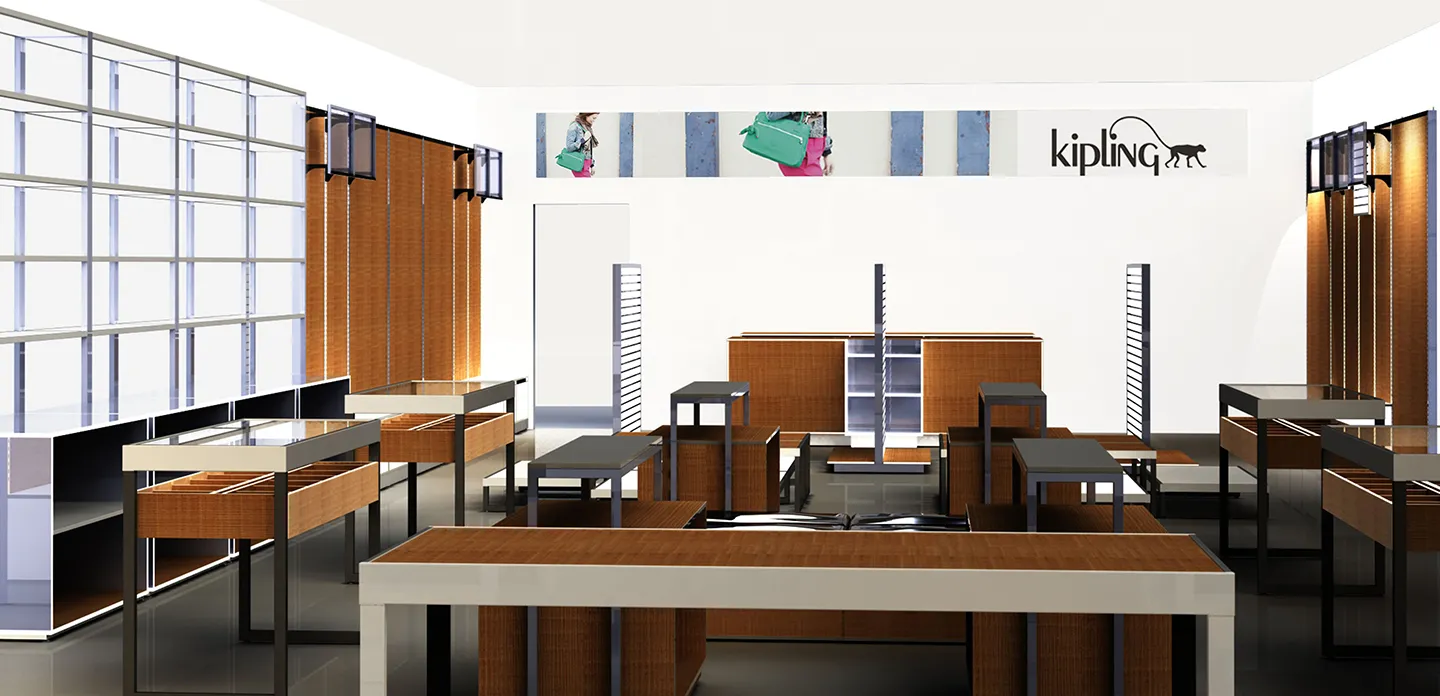When businesses in Brazil need custom-designed furniture and merchandising displays, they turn to Viecelli Móveis Ltda. As Brazil’s top manufacturer of custom furniture and display systems—for use in retail and specialty stores; restaurants and shopping malls; and medical, legal, and professional offices—the company supplies its own architectural, design, and manufacturing services, and works closely with leading building architects and architectural firms.
Until 2011, Viecelli Móveis used AutoCAD® 2D design softwareto develop and manufacture its custom furniture products. That’s when business growth, the need to visualize innovative concepts in 3D, and increasing demand for faster delivery times prompted Owner and Engineering Manager Anderson Viecelli to evaluate 3D product development solutions.
“Our primary challenge was to dramatically accelerate product design cycles,” Viecelli explains. “However, we didn’t treat design as if it were an island unto itself, but wanted to integrate 3D design data with our business processes, laying the foundation to ultimately take advantage of a 3D MBD approach to manufacturing. Just as we create furniture to fulfill unique requirements, we use our own in-house ERP system—we customized the ERP developed by our partner IndexOnLine Systems—to have total integration between 3D design data and the ERP tool.
“Having used AutoCAD 2D tools, we first looked at Autodesk® Inventor® before deciding to evaluate SOLIDWORKS software,” notes IT Manager Alex Santos. “We found SOLIDWORKS to be easier to use, faster, and a better solution overall.”
“SOLIDWORKS was much easier to integrate with our ERP system,” adds Alex Klein, owner and software engineer of IndexOnLine Systems. “The open SOLIDWORKS API enabled us to more efficiently extract important design information from SOLIDWORKS for use in our ERP system.”
Viecelli Móveis standardized on SOLIDWORKS Professional design software because it’s easy to use, supplies the flexibility necessary for integration with the company’s ERP system, and provides robust design visualization and communication tools. “SOLIDWORKS is better suited for helping us meet our
efficiency, quality, and manufacturing goals,” Viecelli says.
SAVING TIME AND MONEY, IMPROVING QUALITY
Since implementing SOLIDWORKS, Viecelli Móveis has realized significant productivity gains—reducing time-to-market by 50 percent, design cycles by 30 percent, scrap and rework by 50 percent, and development costs by 20 percent—while also reducing errors and improving quality. Using SOLIDWORKS, Viecelli Móveis can deliver furniture and merchandising displays for an entire store in just 10 to 15 days.
“With the automation that we’ve achieved integrating SOLIDWORKS with our ERP system, our designers only have to worry about working on the design and getting that job done properly,” Viecelli says. “For example, we are currently creating merchandising displays for 70 stores for Arezzo [a women’s shoe brand], which involves lots of sheet metal and structural piping. It’s much easier to visualize and model these designs in SOLIDWORKS, and we’ve been able to automate fabrication by employing MBD techniques.”
